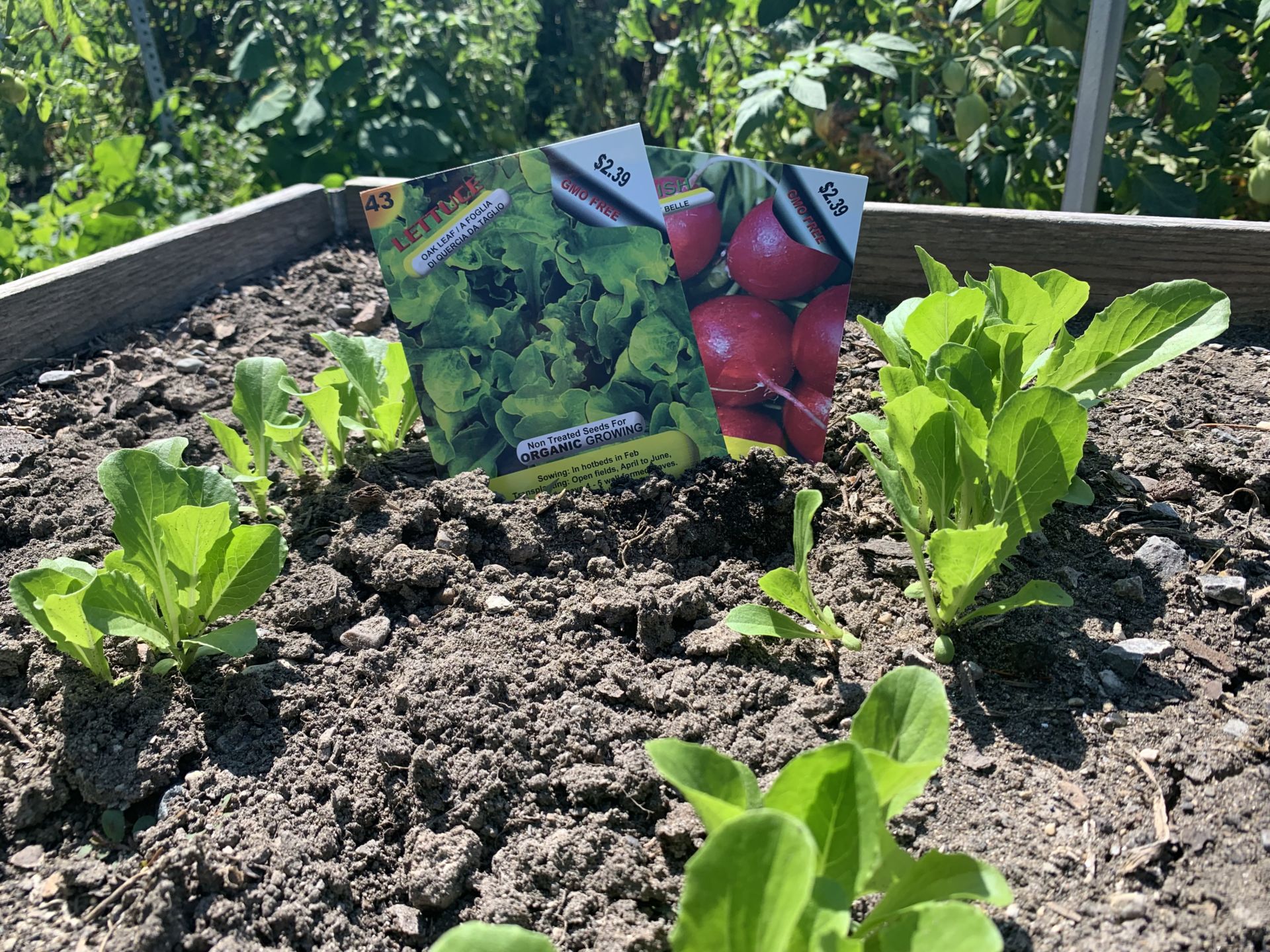September
Garden Clippings for August 27, 2022
September. Warm days, cool nights, with rain once or twice a week. Perfect for the weekend gardener.
By now there is space in the veggie garden where the beans have come and gone. Rather than leave that space fallow, consider sowing a new lettuce crop. Lettuce grows quickly and will perform better in fall than in summer’s heat. Ditto for spinach and any other leaf crops.
Kale will also do well planted in early fall. And while most veggies succumb to the first frost, usually in mid October, Kale doesn’t mind cold weather and will grow into November. The best tasting Kale is harvested in late November or early December.
Radish will grow from seed to harvest in as short as 21 days and can be planted as late as September 15. Beets can be planted in early September for late fall harvest. Beets may not develop into tennis ball sized crop, but taste of fruit and leaves will be outstanding.
If you have weak areas in the lawn, late summer is prime time for sowing grass seed. Professional sod growers mark September 1 on their calendar as the best time to put down seed. Warm days, heavy morning dew and frequent rainfall all contribute to successful and quick seed sprouting.
When sowing seed on your weak lawn, rake the existing grass with a stiff garden rake. If you have scratched sufficiently to expose and create a thin layer of lose soil, you are good to go. Alternatively, add a thin layer of screened topsoil and spread it over the lawn, giving you the opportunity to level the grade if needed.
Use a good quality Canada Number One lawn seed blend, consisting of Kentucky Bluegrass, Perennial Ryegrass and Red Fescue. Poa Trivialis is often added for deep shade. Sow at the rate of one kg spread over 50 Sq meters, or 1 pound over 250 sq feet. For added performance, apply lawn starter fertilizer to build strong roots.
When planting in fall, it will not be necessary to water your new grass seed, because dew will moisten the seed every morning. But adding an afternoon light sprinkle will speed up growth.
Fall is also time to transplant anything. I choose September to transplant, split and share perennials because their colours, varieties and heights are fresh in my mind. Transplanting in spring is a guessing game.
When planting perennials, dig up the entire clump, use a sharp spade or knife to divide into three or four sections, and replant. Add root boosting liquid fertilizer to aid in transplanting. Moving perennials in September gives more than two months for the plants to build roots so they can hit the ground running in spring.
In the landscape garden, September is ideal for transplanting conifers, including Cedars, Junipers, Boxwood, Yews, Pine and Spruce. For deciduous trees and flowering shrubs, wait till the end of September or October.


